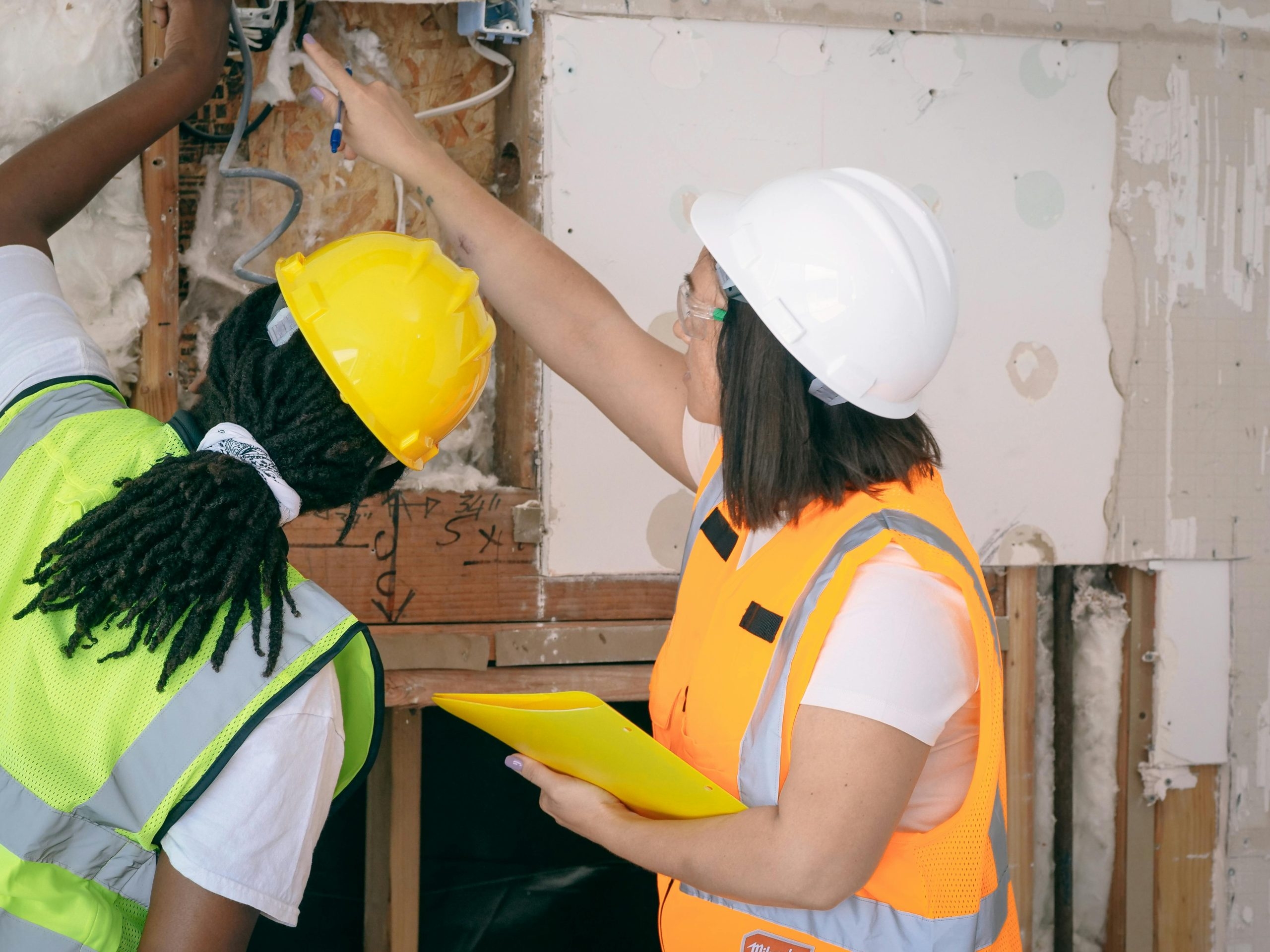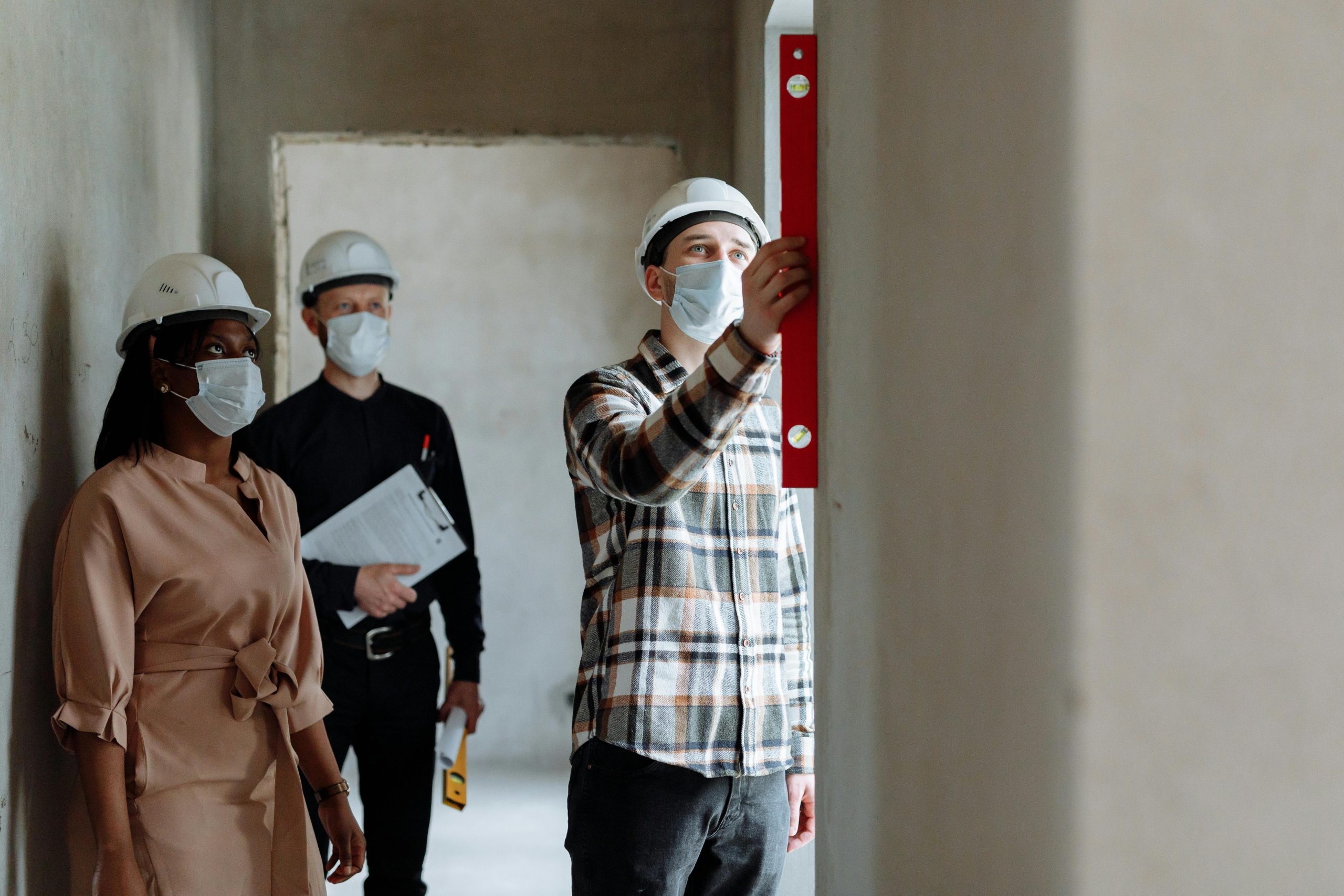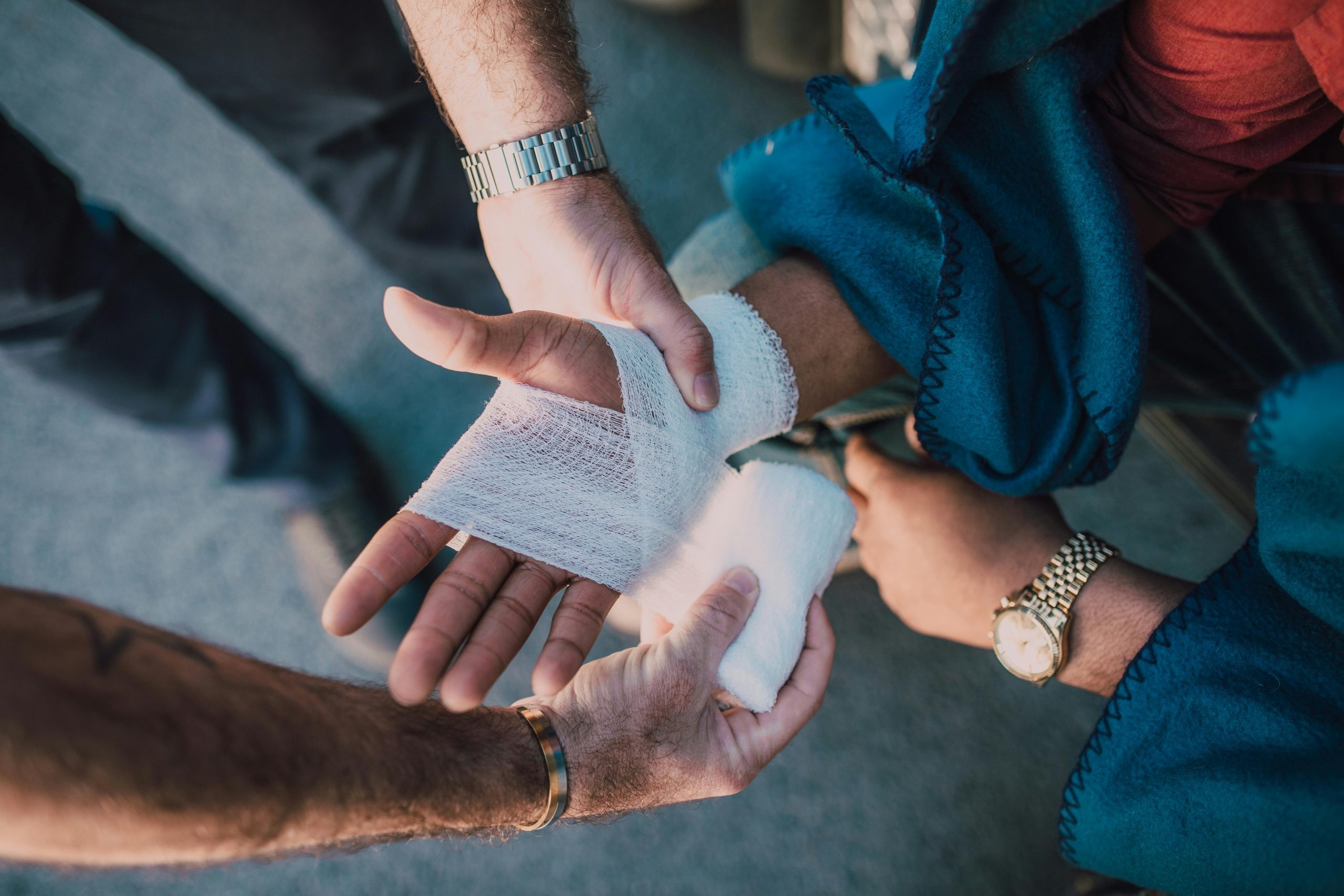Lifting and transferring patients safely is critical within healthcare. Whether patients are recovering from surgery, experiencing mobility issues due to illness, or need assistance because of age, lifting equipment helps ensure these tasks are completed with minimal risk to both patients and healthcare employees. Proper use and maintenance of lifting equipment are crucial not only to avoid injury but also to guarantee patient comfort and dignity. This article explores the importance of lifting equipment in healthcare, common types used, relevant legislation, and best safety practices to ensure optimal care.
Why Lifting Aids Are Used in Healthcare Settings
Lifting aids are important tools in healthcare to help employees move patients safely and reduce physical strain:
• Preventing Injury: Healthcare employees often need to lift or assist patients, many of whom have limited mobility. Manual lifting can strain the body, especially the back and shoulders, leading to injuries. Lifting aids like hoists and slings help reduce this risk by taking the physical strain off workers.
• Ensuring Patient Safety: Lifting aids ensure patients are transferred safely, reducing the risk of falls or discomfort. For fragile or immobile patients, proper support during transfers prevents harm and makes the process smoother and more comfortable.
• Promoting Dignity and Comfort: Patients often feel vulnerable when being lifted. Using lifting aids like slings and hoists helps transfer patients in a way that supports their dignity and comfort, allowing them to feel more at ease during the process.
• Improving Efficiency and Workflow: Lifting aids make patient transfers quicker and easier, which helps healthcare employees manage their time and resources better. This is especially important in busy settings like hospitals or nursing homes, where efficiency is crucial.
• Accommodating Special Needs: Some patients, like those who are obese, require specialised lifting aids. Bariatric hoists and slings are designed to safely lift and support heavier patients, ensuring their safety and comfort during transfers.
Common Types of Lifting Equipment in Healthcare
Healthcare settings employ various types of lifting equipment to ensure safe patient transfers commonly used equipment, such as hoists:
- Mobile Hoists: These are portable units that can be moved around to lift patients from one location to another.
- Ceiling Hoists: Mounted on ceiling tracks, these hoists are stationary and allow for lifting patients across different parts of a room or facility.
- Floor Hoists: These hoists are placed directly on the floor and are typically used to lift patients from a seated or lying position.
Other equipment includes lifting slings. Slings are fabric supports used in conjunction with hoists to lift patients. They come in various designs, including:
- Bathing Slings: Used for patient transfers during bathing.
- Transfer Slings: Suitable for general patient transfers.
- Standing Slings: Designed to support patients while transitioning from sitting to standing positions.
- Wheelchairs & Mobility Aids: This category includes manual and electric wheelchairs, as well as transfer boards, slide sheets, and sliding mats that assist in moving patients from one surface to another.
- Stand Assist Devices: These devices are designed to help patients stand or shift between different seating positions with minimal support from employees.
- Bariatric Equipment: Specially designed hoists, slings, and wheelchairs accommodate heavier patients, ensuring that transfers are done safely and comfortably.
Key Health and Safety Legislation
In healthcare, legislation ensures that lifting equipment is used safely, is properly maintained, and that employees are trained to reduce the risk of injury.
Compliance with these regulations helps create a safe environment for both healthcare workers and patients, supporting the overall quality of care. This includes:
• The Health and Safety at Work Act 1974 - places a duty on employers to ensure, as far as reasonably practicable, the health, safety, and welfare of employees and others affected by work activities.
• Manual Handling Operations Regulations 1992- places a duty on employers to assess and manage the risks associated with manual handling tasks in the workplace, aiming to reduce the risk of injury to employees from lifting, carrying, and other manual handling activities
• Provision and Use of Work Equipment Regulations (PUWER) 1998 - requires employers to ensure that work equipment is suitable, safe to use, properly maintained, and that employees are trained to operate it safely to prevent accidents and injuries.
• Lifting Operations and Lifting Equipment Regulations (LOLER) 1998 - employers are to ensure that lifting operations are properly planned, supervised, and carried out safely, and that lifting equipment is safe, properly maintained, and inspected regularly to prevent accidents.
Safety Practices When Using Lifting Equipment
Using lifting equipment safely is crucial for protecting both patients and healthcare employees. Outlined below are examples of safe practices.
• Training and Competence: All employees must be trained on how to use lifting equipment properly, including hoists, slings, and other aids. Training should be refreshed at least once a year to keep up with best practices and regulations.
• Perform Risk Assessments: Before using lifting equipment, assess the patient’s needs, the condition of the equipment, and the environment. Consider the patient’s mobility, weight, and any special requirements.
• Regular Equipment Inspections: Lifting equipment should be regularly checked to ensure it is safe and working properly. Follow the manufacturer’s guidelines and comply with LOLER. Remove any damaged equipment from use and repair or replace it.
• Use the Right Equipment: ensure that any equipment is used within its safe working load, marked on the equipment. Always use the correct lifting equipment for the task at hand. Using the wrong equipment can cause accidents, so ensure the hoist, sling, or aid is appropriate for the patient and situation.
• Maintain Patient Dignity: Explain the lifting process to the patient and involve them if possible. This helps reduce anxiety and ensures the patient feels safe and respected during the transfer.
• Effective Communication and Teamwork: Communication between employees is essential during a lift. Ensure everyone understands their role, and keep the patient informed throughout the process to reduce distress.
• Follow Correct Manual Handling Techniques: When lifting use proper alignment and movement techniques: keep your back straight, bend at the knees, avoid twisting, and overreaching to prevent strain.
• Limit Overexertion: Avoid lifting patients manually if equipment is available. Overexertion can lead to injury, so always use hoists, slings, or other aids when possible.
How Often Should Policies Be Reviewed?
Healthcare policies, especially those relating to lifting equipment, should be reviewed at least annually. During these reviews, assess whether the equipment remains fit for purpose, ensure that safety protocols are up to date, and verify that employee training is current. Policies should also be reviewed when new equipment is introduced or when changes to regulations or patient needs occur.
Equipment Checks
Under the Lifting Operations and Lifting Equipment Regulations (LOLER) 1998 lifting equipment must be inspected and tested regularly to ensure it is safe for use this is done with:
• Pre-Use Checks: Before each use, employees must carry out a visual and functional check of the lifting equipment to identify any obvious defects. This includes checking for frayed slings, faulty controls, unusual noises, and general wear and tear. These checks are the responsibility of the operator and ensure the equipment is immediately safe to use.
• Periodic Inspections: LOLER mandates that lifting equipment must be thoroughly examined at regular intervals by a competent person. The frequency depends on the type of equipment: For lifting equipment used to lift people (e.g., patient hoists): At least every 6 months. For general lifting equipment (not used to lift people): At least every 12 months. Some equipment, such as hoists, may require more frequent inspections depending on the manufacturer’s guidelines and usage conditions. If the equipment is used in particularly demanding conditions, more frequent inspections may be needed, as specified by the manufacturer.
• Thorough Examination: In addition to regular visual checks, lifting equipment must undergo a thorough examination by a competent person. This examination checks the equipment's structural integrity, safety features, and general condition. This must be done:
o Before the first use of any new or refurbished lifting equipment.
o After any significant repair or modification.
o At least every 6 months for equipment used in healthcare, to ensure it continues to meet safety standards.
• Special Considerations for Lifting Slings: Lifting slings and similar accessories also require regular inspections. Pre-use visual inspections: Operators must check slings for visible damage (cuts, frays, burns, or stitching issues) before each use. LOLER inspections every 6 months (or sooner if high-risk conditions apply). Some high-use or high-risk environments may require more frequent inspections, based on manufacturer guidelines.
• Record-Keeping: Under LOLER, all inspections, including thorough examinations, must be documented. These records should include:
o The date of the inspection.
o The findings of the inspection.
o Any actions taken (e.g., repairs or maintenance).
o Details of the person conducting the inspection (competent person's name, qualifications, or organisation).
Conclusion
Lifting equipment plays a vital role in ensuring the safety and well-being of both patients and healthcare workers. By reducing physical strain, preventing injuries, and promoting patient comfort and dignity, these tools enhance the quality of care and improve operational efficiency in healthcare settings. Adhering to proper safety practices, such as regular training, risk assessments, and equipment inspections, ensures that lifting equipment continues to function effectively and safely. Compliance with key health and safety regulations, like LOLER, provides a framework for maintaining safety standards and minimising risks. With ongoing commitment to safety and regular reviews of policies and procedures, healthcare providers can ensure a secure environment for both patients and employees, ultimately fostering better patient outcomes and a safer workplace.
For More Information
Call Wirehouse Employer Services on 03333 215005 or email us via info@wirehouse-es.com today!






